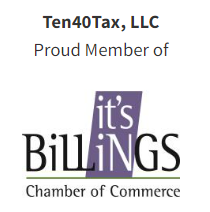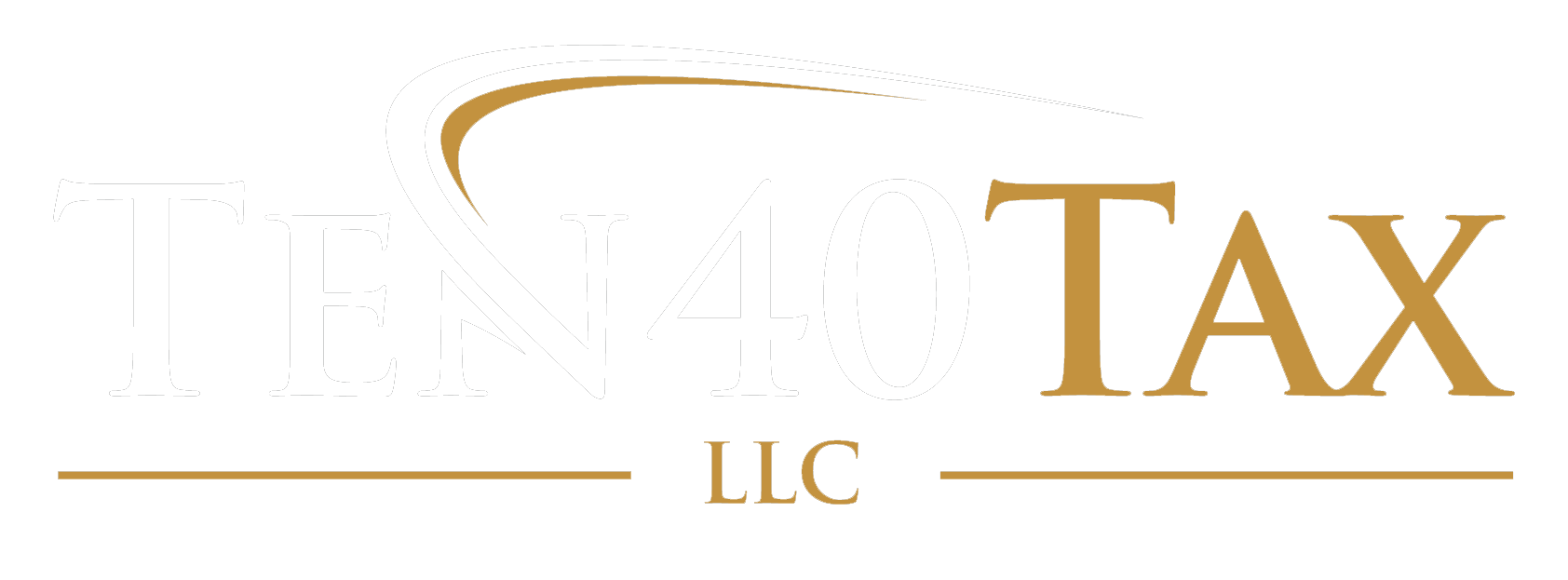Here’s what taxpayers need to know about filing an amended tax return
websitebuilder • October 29, 2020
If taxpayers discover a mistake on their tax return, this is not necessarily cause for concern. Most errors can be fixed by filing a Form 1040-X, Amended U.S. Individual Income Tax Return.
Here are some common reasons people may need to file an amended return:
- Entering income incorrectly
- Not claiming credits for which they’re eligible
- Claiming deductions incorrectly
The IRS may correct math or clerical errors on a return and may accept returns without certain required forms or schedules. In these instances, there's no need for taxpayers to amend the return.
Taxpayers who do need to amend their tax return might have questions about how to do so. Here are some things they should know:
- Taxpayers may now use tax software to file an electronic Form 1040-X. At this time, only tax year 2019 Forms 1040 and 1040-SR returns can be amended electronically if the original 2019 tax return was also filed electronically.
- Taxpayers who cannot or chose not to file their 1040-X electronically should complete a paper Form 1040-X.
- If filing a paper 1040-X, mail it to the IRS address listed in the form’s instructions under Where to File. Taxpayers filing Form 1040-X in response to an IRS notice should mail it to the IRS address indicated on the notice.
- Attach copies of any forms or schedules affected by the change.
- File a separate Form 1040-X for each tax year. When mailing amended returns to the IRS, place each tax year in a separate envelope and enter the year of the original return being amended at the top of Form 1040-X.
- Wait – if expecting a refund – for the original tax return to be processed before filing an amended return.
- Pay additional tax owed as soon as possible to limit interest and penalty charges.
- Taxpayers should file Form 1040-X to claim a refund within three years from the date they timely filed their original tax return or within two years from the date they pay the tax, whichever is later.
- Track the status of an amended return three weeks after mailing using the Where’s My Amended Return? tool.
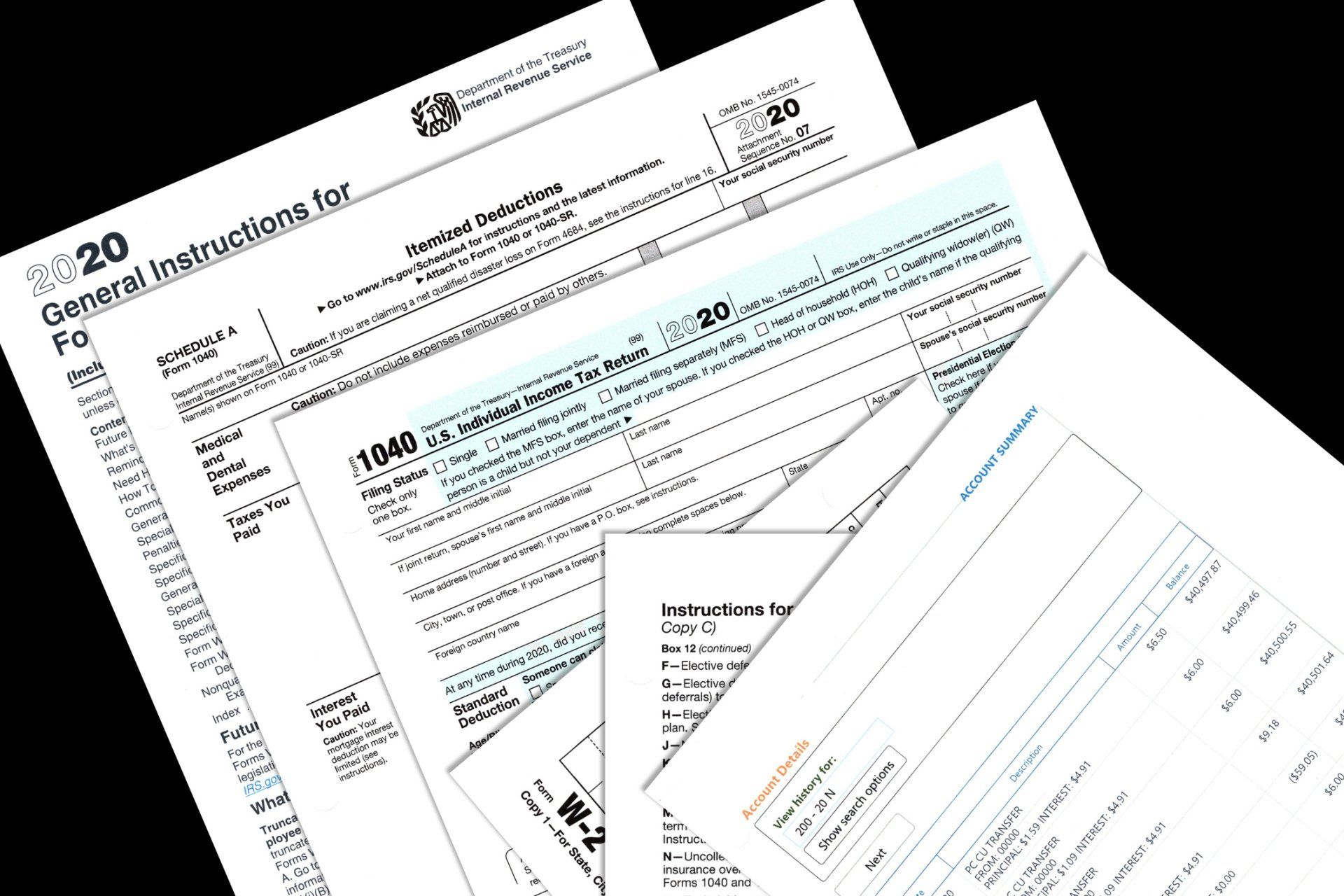
As people begin to file their 2020 tax returns, taxpayers are reminded to avoid unethical ghost tax return preparers. A ghost preparer is someone who doesn’t sign tax returns they prepare. Unscrupulous ghost preparers often print the return and have the taxpayer to sign and mail it to the IRS. For e-filed returns, the ghost will prepare but refuse to digitally sign as the paid preparer. By law, anyone who is paid to prepare or assists in preparing federal tax returns must have a valid Preparer Tax Identification Number . Paid preparers must sign and include their PTIN on the return. Not signing a return is a red flag that the paid preparer may be looking to make a quick profit by promising a big refund or charging fees based on the size of the refund. Ghost tax return preparers may also: • Require payment in cash only and not provide a receipt. • Invent income to qualify their clients for tax credits. • Claim fake deductions to boost the size of the refund. • Direct refunds into their bank account, not the taxpayer's account. It’s important for taxpayers to choose their tax return preparer wisely. No matter who prepares their return, taxpayers should review it carefully and ask questions about anything that’s not clear before signing. They should verify their routing and bank account number on the completed tax return for any direct deposit refund. Taxpayers should watch out for ghost preparers putting their bank account information on the returns.

WASHINGTON – The IRS announced today that, as required by law, all legally permitted first and second round of Economic Impact Payments have been issued and the IRS now turns its full attention to the 2021 filing season. Beginning in April 2020, the IRS and Treasury Department began delivering the first round of Economic Impact Payments within two weeks of the legislation. The IRS issued more than 160 million EIPs to taxpayers across the country totaling over $270 billion, while simultaneously managing an extended filing season. In addition, since Congress enacted the COVID-related Tax Relief Act of 2020, the IRS has delivered more than 147 million EIPs in the second-round totaling over $142 billion. The legislation required that the second round of payments be issued by Jan. 15, 2021. While some second round Economic Impact Payments may still be in the mail, the IRS has issued all first and second Economic Impact Payments it is legally permitted to issue, based on information on file for eligible people. Get My Payment was last updated on Jan. 29, 2021, to reflect the final payments and will not update again for first or second Economic Impact Payments. Most people who are eligible for the Recovery Rebate Credit have already received it, in advance, in these two rounds of Economic Impact Payments. If individuals didn't receive a payment – or if they didn’t receive the full amounts – they may be eligible to claim the Recovery Rebate Credit and must file a 2020 tax return. Eligibility for and the amount of the Recovery Rebate Credit are based on 2020 tax year information while the Economic Impact Payments were based on 2019 tax year information. For the first Economic Impact Payment, a 2018 return may have been used if the 2019 was not filed or processed. Individuals will need to know the amounts of any Economic Impact Payments they received to claim the Recovery Rebate Credit. Those who don’t have their Economic Impact Payment notices can view the amounts of their first and second Economic Impact Payments through their individual online account . For married filing joint individuals, each spouse will need to log into their own account. To avoid refund delays, the IRS urges people to file a complete and accurate tax return.
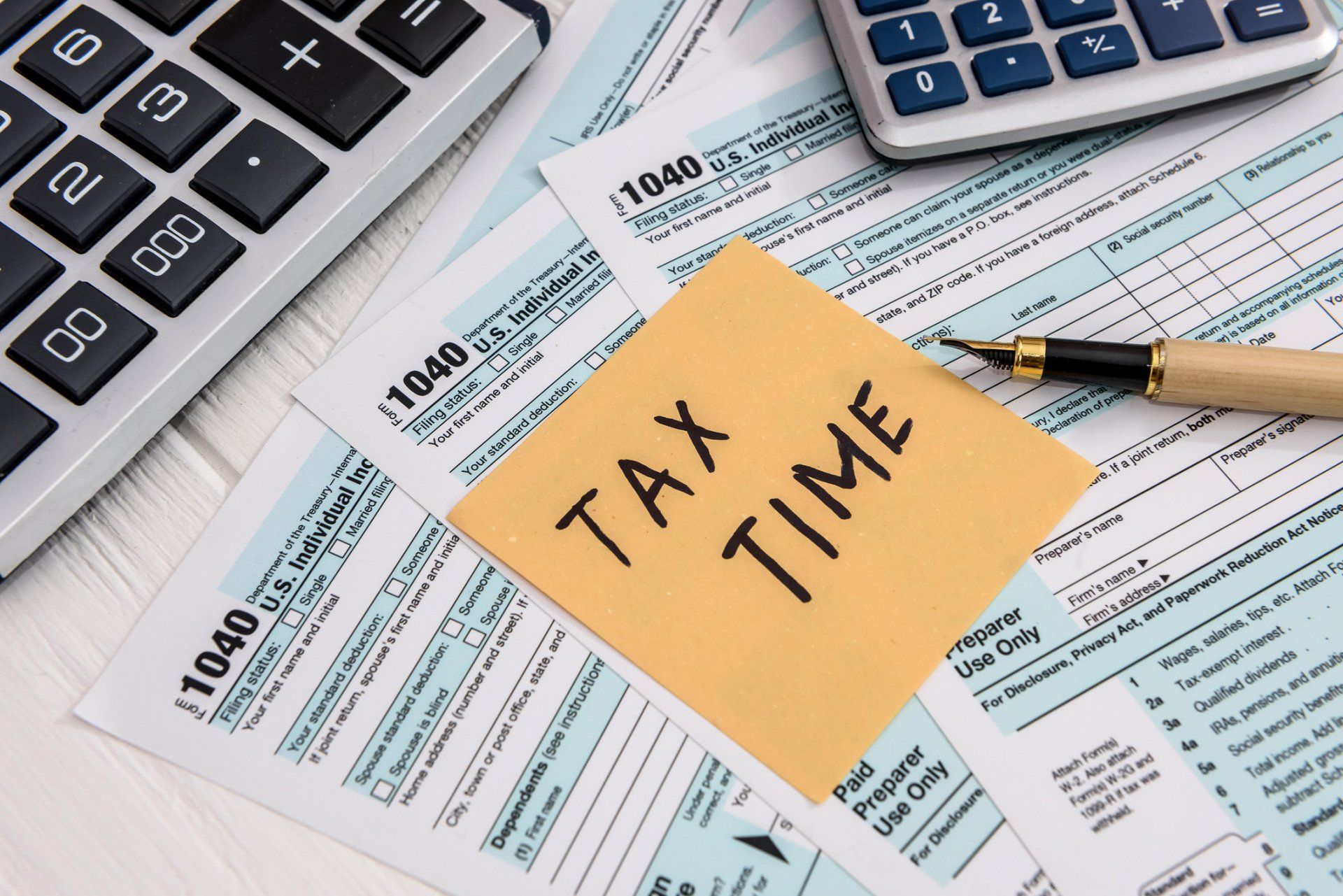
As taxpayers get ready to file their 2020 tax return, they should start by gathering their records. Taxpayers should gather all year-end income documents to help ensure they file a complete and accurate 2020 tax return and avoid refund delays. Taxpayers should have all necessary records, such as W-2s, 1099s, receipts, canceled checks and other documents that support any income, deductions or credits on their tax return. Most taxpayers should have already received income documents including: Forms W-2, Wage and Tax Statement Form 1099-MISC, Miscellaneous Income Form 1099-INT, Interest Income Form 1099-NEC, Nonemployee Compensation Form 1099-G, Certain Government Payments; like unemployment compensation or state tax refund Form 1095-A, Health Insurance Marketplace Statements Other things taxpayers can do to prepare to file. Review unemployment benefits Unemployment compensation is taxable and must be included as gross income on a taxpayer’s return. Taxpayers should receive a Form 1099-G showing their unemployment income . They can have federal taxes withheld from their unemployment benefits or make estimated tax payments, but many do neither. In that case, taxes on those benefits need to be paid when their 2020 tax return is filed. Therefore, taxpayers who did not have tax withheld from their payments may see a smaller refund than expected or possibly have a tax bill. Individuals who receive a Form 1099-G for unemployment compensation they were not paid should contact their state tax agency and request a corrected Form 1099-G. States should not issue Forms 1099-Gs to taxpayers they know to be victims of identity theft involving unemployment compensation. Taxpayers should file an accurate return including the income they received. Taxpayers who are victims of identity theft involving unemployment compensation should not file an identity theft affidavit with the IRS.

The Internal Revenue Service is reminding taxpayers that organizing tax records is an important first step for getting ready to prepare and file their 2020 tax return. Taxpayers should keep all necessary records, such as W-2s, 1099s, receipts, canceled checks and other documents that support an item of income, or a deduction or credit, appearing on their tax return. Taxpayers should develop a system that keeps all their important information together, which could include a software program for electronic records or a file cabinet for paper documents in labeled folders. Having records readily at hand makes preparing a tax return easier. To avoid refund delays, taxpayers should be sure to gather all year-end income documents so they can file a complete and accurate 2020 tax return. Most taxpayers will receive income documents near the end of January including: Forms W-2, Wage and Tax Statement Form 1099-MISC, Miscellaneous Income Form 1099-INT, Interest Income Form 1099-NEC, Nonemployee Compensation Form 1099-G, Certain Government Payments; like unemployment compensation or state tax refund Form 1095-A, Health Insurance Marketplace Statements Additionally, in the coming weeks, individuals with an account on IRS.gov/account will be able to view the amounts of the Economic Impact Payments they received as well as the latest information available about their federal tax account. Eligible individuals who did not receive the full amounts of both Economic Impact Payments may claim the Recovery Rebate Credit on their 2020 federal tax return. In order to claim the full amount of the Recovery Rebate Credit, taxpayers will need to know the amount of the Economic Impact Payments received.
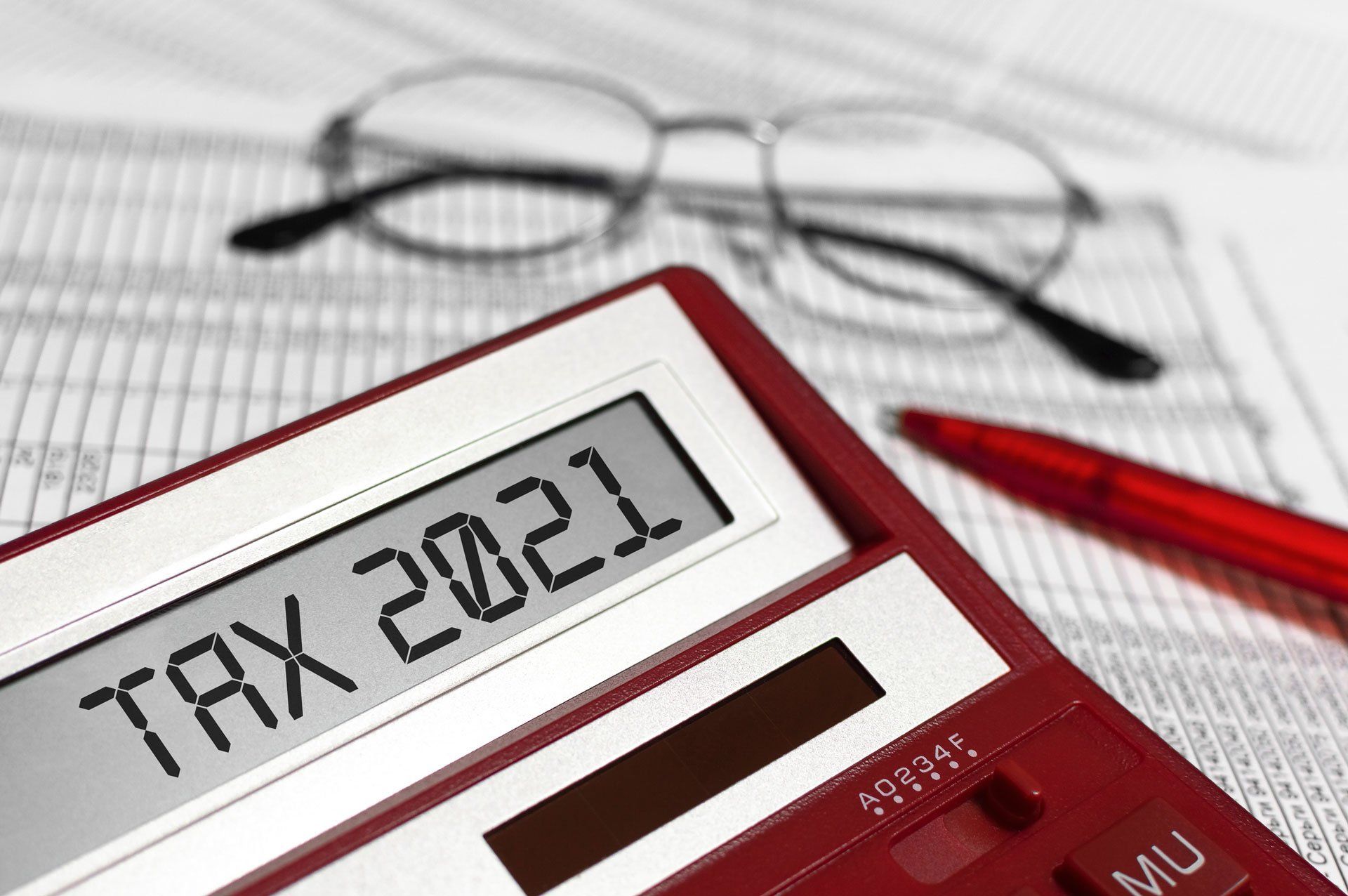
The Internal Revenue Service announced that the nation's tax season will start on Friday, Feb. 12, 2021, when the tax agency will begin accepting and processing 2020 tax year returns. The Feb. 12 start date for individual tax return filers allows the IRS time to do additional programming and testing of IRS systems following the Dec. 27 tax law changes that provided a second round of Economic Impact Payments and other benefits. This programming work is critical to ensuring IRS systems run smoothly. If filing season were opened without the correct programming in place, then there could be a delay in issuing refunds to taxpayers. These changes ensure that eligible people will receive any remaining stimulus money as a Recovery Rebate Credit when they file their 2020 tax return. Under the PATH Act, the IRS cannot issue a refund involving the Earned Income Tax Credit (EITC) or Additional Child Tax Credit (ACTC) before mid-February. The law provides this additional time to help the IRS stop fraudulent refunds and claims from being issued, including to identity thieves. The IRS anticipates a first week of March refund for many EITC and ACTC taxpayers if they file electronically with direct deposit and there are no issues with their tax returns. This would be the same experience for taxpayers if the filing season opened in late January. Taxpayers will need to check Where’s My Refund for their personalized refund date.
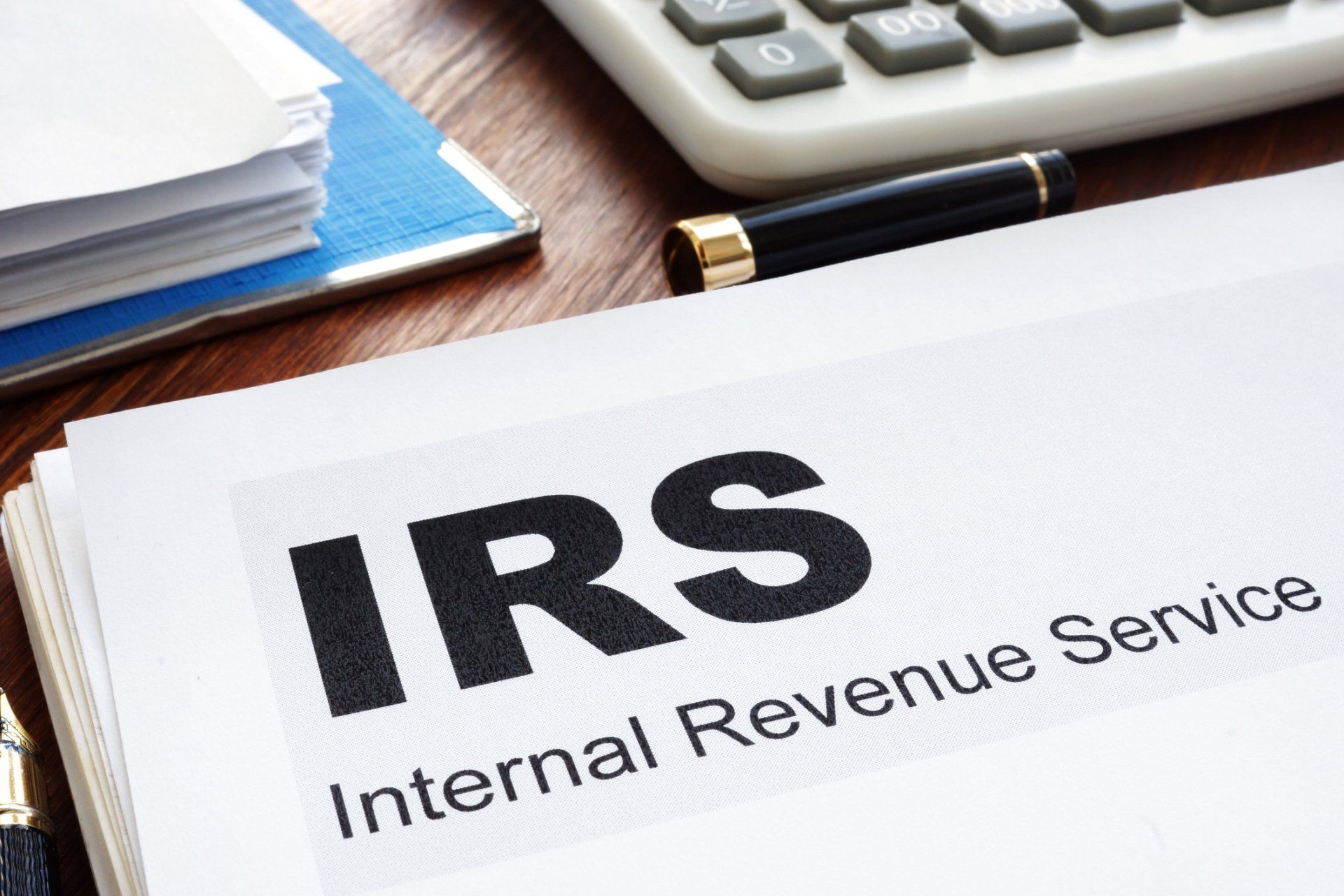
WASHINGTON – The Internal Revenue Service today expanded the Identity Protection PIN Opt-In Program to all taxpayers who can verify their identities. The Identity Protection PIN (IP PIN) is a six-digit code known only to the taxpayer and to the IRS. It helps prevent identity thieves from filing fraudulent tax returns using a taxpayers’ personally identifiable information. About the IP PIN Opt-In Program Here are a few key things to know about the IP PIN Opt-In program : This is a voluntary program. You must pass a rigorous identity verification process. Spouses and dependents are eligible for an IP PIN if they can verify their identities. An IP PIN is valid for a calendar year. You must obtain a new IP PIN each filing season. The online IP PIN tool is offline between November and mid-January each year. Correct IP PINs must be entered on electronic and paper tax returns to avoid rejections and delays. Never share your IP PIN with anyone but your trusted tax provider. The IRS will never call, text or email requesting your IP PIN. Beware of scams to steal your IP PIN. There currently is no opt-out option but the IRS is working on one for 2022. How to get an IP PIN Taxpayers who want an IP PIN for 2021 should go to IRS.gov/IPPIN and use the Get an IP PIN tool. This online process will require taxpayers to verify their identities using the Secure Access authentication process if they do not already have an IRS account. See IRS.gov/SecureAccess for what information you need to be successful. There is no need to file a Form 14039, an Identity Theft Affidavit, to opt into the program Once taxpayers have authenticated their identities, their 2021 IP PIN immediately will be revealed to them. Once in the program, this PIN must be used when prompted by electronic tax returns or entered by hand near the signature line on paper tax returns. All taxpayers are encouraged to first use the online IP PIN tool to obtain their IP PIN. Taxpayers who cannot verify their identities online do have options. Taxpayers whose adjusted gross income is $72,000 or less may complete Form 15227 , Application for an Identity Protection Personal Identification Number, and mail or fax to the IRS. An IRS customer service representative will contact the taxpayer and verify their identities by phone. Taxpayers should have their prior year tax return at hand for the verification process. Taxpayers who verify their identities through this process will have an IP PIN mailed to them the following tax year. This is for security reasons. Once in the program, the IP PIN will be mailed to these taxpayers each year. Taxpayers who cannot verify their identities online or by phone and who are ineligible for file Form 15227 can contact the IRS and make an appointment at a Taxpayer Assistance Center to verify their identities in person. Taxpayers should bring two forms of identification, including one government-issued picture identification. Taxpayers who verify their identities through the in-person process will have an IP PIN mailed to them within three weeks. Once in the program, the IP PIN will be mailed to these taxpayers each year. No change for confirmed identity theft victims Taxpayers who are confirmed identity theft victims or who have filed an identity theft affidavit because of suspected stolen identity refund fraud will automatically receive an IP PIN via mail once their cases are resolved. Current tax-related identity theft victims who have been receiving IP PINs via mail will experience no change.

The Treasury Department and the Internal Revenue Service issued guidance today allowing deductions for the payments of eligible expenses when such payments would result (or be expected to result) in the forgiveness of a loan (covered loan) under the Paycheck Protection Program (PPP). Today’s guidance, Revenue Ruling 2021-02 , reflects changes to law contained in the COVID-related Tax Relief Act of 2020, enacted as part of the Consolidated Appropriations Act, 2021 (Act), Public Law 116-260, which was signed into law on Dec. 27, 2020. The COVID-related Tax Relief Act of 2020 amended the Coronavirus Aid, Relief, and Economic Security Act (CARES Act) to say that no deduction is denied, no tax attribute is reduced, and no basis increase is denied by reason of the exclusion from gross income of the forgiveness of an eligible recipient’s covered loan. This change applies for taxable years ending after March 27, 2020. Revenue Ruling 2021-02 obsoletes Notice 2020-32 and Revenue Ruling 2020-27. This obsoleted guidance disallowed deductions for the payment of eligible expenses when the payments resulted (or could be expected to result) in forgiveness of a covered loan. For more information about this, the COVID-related Tax Relief Act of 2020, and other tax changes, visit IRS.gov.
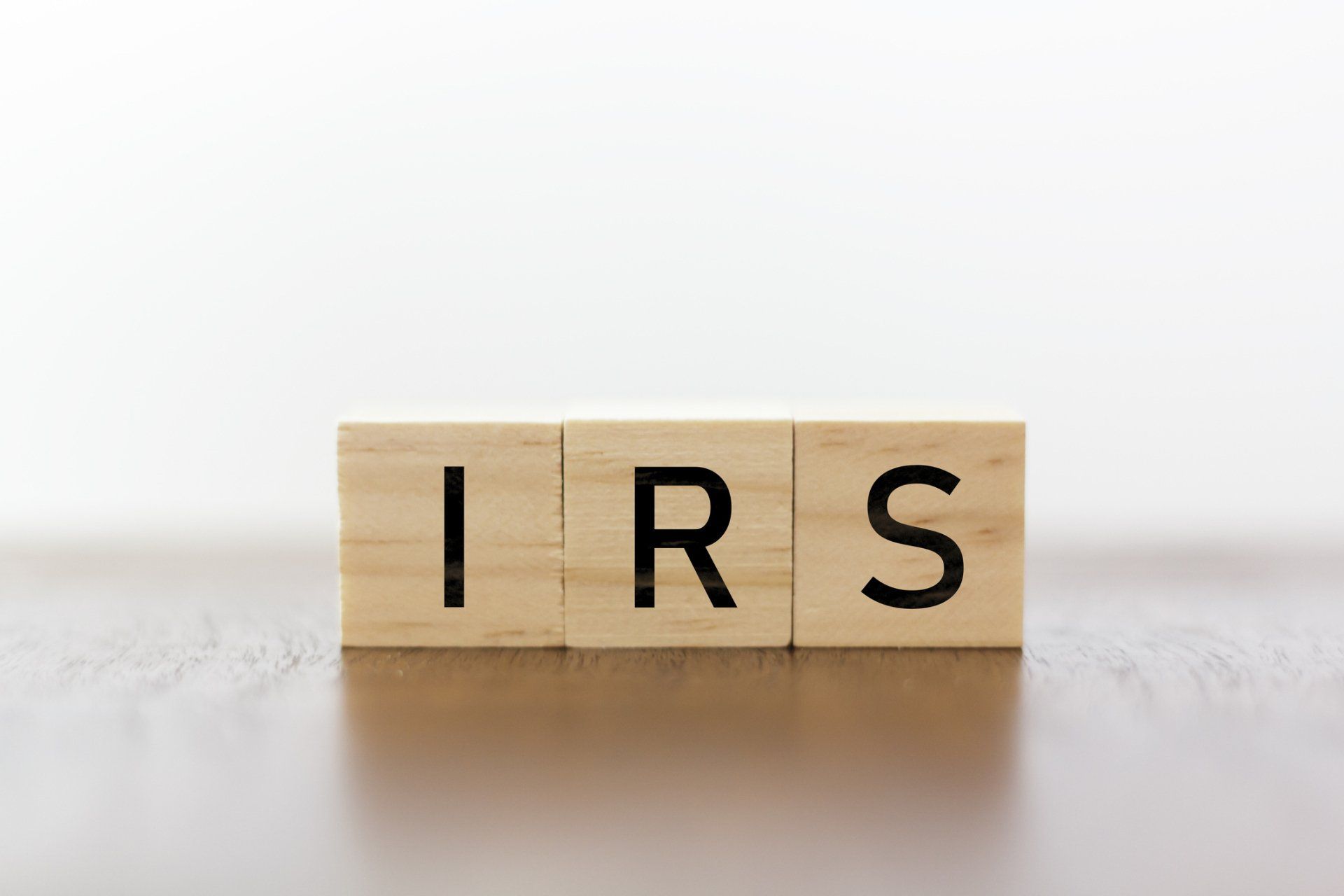
WASHINGTON — The Internal Revenue Service today issued the 2021 optional standard mileage rates used to calculate the deductible costs of operating an automobile for business, charitable, medical or moving purposes. Beginning on Jan. 1, 2021, the standard mileage rates for the use of a car (also vans, pickups or panel trucks) will be: • 56 cents per mile driven for business use, down 1.5 cents from the rate for 2020, • 16 cents per mile driven for medical or moving purposes for qualified active duty members of the Armed Forces, down 1 cent from the rate for 2020, and • 14 cents per mile driven in service of charitable organizations, the rate is set by statute and remains unchanged from 2020. The standard mileage rate for business use is based on an annual study of the fixed and variable costs of operating an automobile. The rate for medical and moving purposes is based on the variable costs. It is important to note that under the Tax Cuts and Jobs Act , taxpayers cannot claim a miscellaneous itemized deduction for unreimbursed employee travel expenses. Taxpayers also cannot claim a deduction for moving expenses, unless they are members of the Armed Forces on active duty moving under orders to a permanent change of station. For more details see Moving Expenses for Members of the Armed Forces . Taxpayers always have the option of calculating the actual costs of using their vehicle rather than using the standard mileage rates. Taxpayers can use the standard mileage rate but must opt to use it in the first year the car is available for business use . Then, in later years, they can choose either the standard mileage rate or actual expenses. Leased vehicles must use the standard mileage rate method for the entire lease period (including renewals) if the standard mileage rate is chosen.
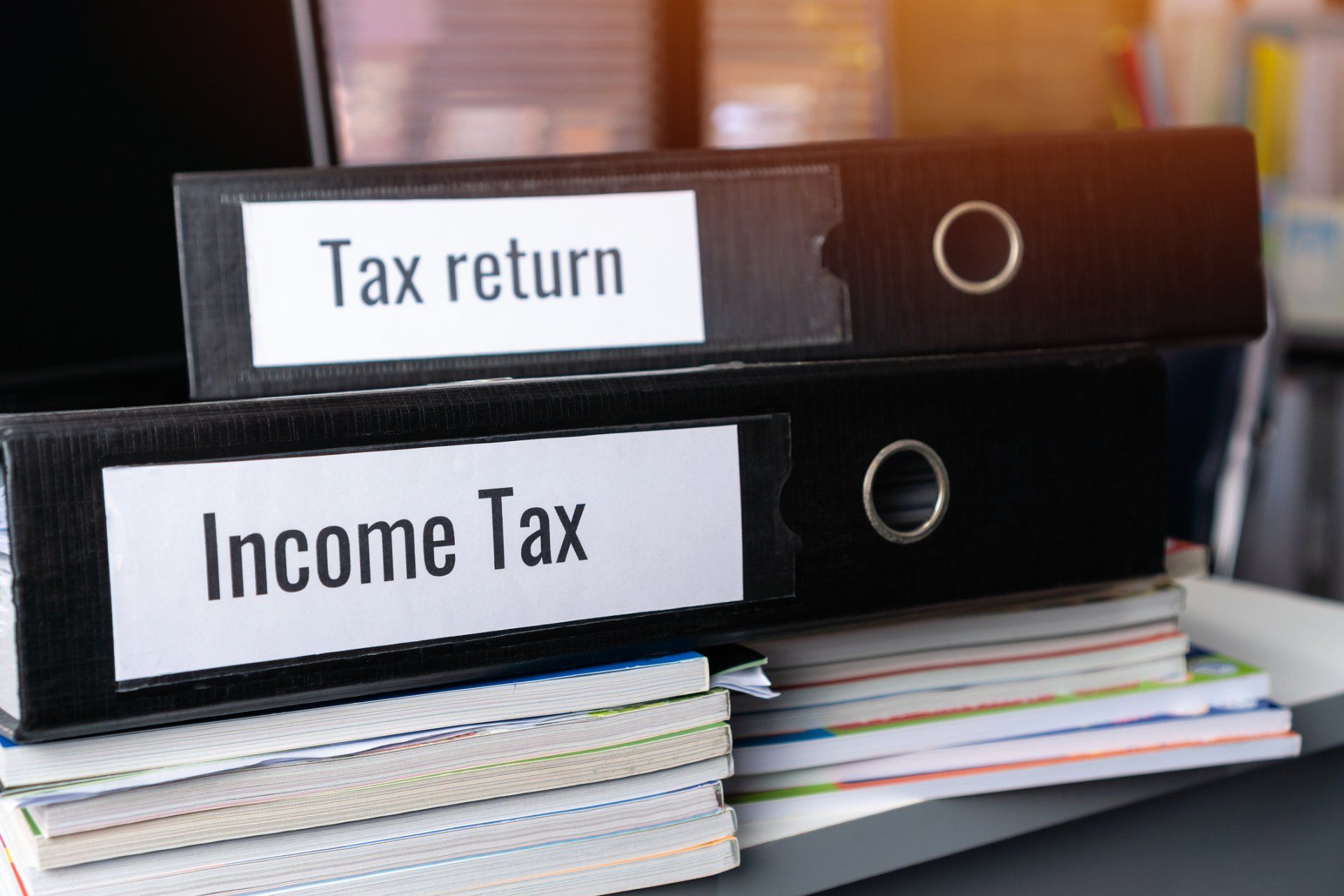
In January, the IRS Identity Protection PIN Opt-In Program will be expanded to all taxpayers who can properly verify their identity. An identity pretention PIN is a six-digit number assigned to eligible taxpayers to help prevent their Social Security number from being used to file fraudulent federal income tax returns. This number helps the IRS verify a taxpayer’s identity and accept their tax return. The online Get An IP PIN tool immediately displays the taxpayer’s assigned number. This tool uses Secure Access authentication verify a person’s identity. Taxpayers should review the Secure Access requirements before they try to use the Get An IP PIN tool. Other ways to get an IP PIN There are other ways to get an IP PIN if someone is unable to pass the Secure Access authentication. Taxpayers with income of $72,000 or less should complete Form 15227 and mail or fax it to the IRS. An IRS employee will call the taxpayer to verify their identity using a series of questions. Those who pass authentication will receive an IP PIN the following tax year. Taxpayers who cannot verify their identities remotely or who are ineligible to file Form 15277 should make an appointment, visit a Taxpayer Assistance Center and bring two forms of picture identification. This is an in-person identity verification. After the taxpayer passes authentication, an IP PIN will be mailed to them within three weeks. Taxpayers should never share their IP PIN with anyone but their tax provider. The IRS will never call to request the taxpayer’s IP PIN, and taxpayers must be alert to potential IP PIN scams. Here’s what taxpayers need to know before applying: The Get an IP PIN tool will be available in mid-January. This is the preferred method of obtaining an IP PIN and the only one that immediately reveals the PIN to the taxpayer. Taxpayers who want to voluntarily opt into the IP PIN program don’t need to file a Form 14039, Identity Theft Affidavit. The number is valid for one year. Each January, the taxpayer must get a new one. It must be entered correctly on electronic and paper tax returns to avoid rejections and delays. Taxpayers with either a Social Security Number or Individual Tax Identification Number who can verify their identity are eligible for the program. Any primary or secondary taxpayer or dependent can get an IP PIN, if they can prove their identity. The IRS plans to offer an opt out feature to the IP PIN program in 2022. Confirmed victims of tax-related identity theft There is no change in the IP PIN Program for confirmed victims of tax-related identity theft. These taxpayers should still file a Form 14039 if their e-filed tax return rejects because of a duplicate SSN filing. The IRS will investigate their case and once the fraudulent tax return is removed from their account, they will automatically receive an IP PIN by mail at the start of the next calendar year. IP PINs will be mailed annually to confirmed victims and participants enrolled before 2019. For security reasons, confirmed identity theft victims can’t opt out of the IP PIN program. Confirmed victims also can use the Get an IP PIN tool to retrieve lost IP PINs assigned to them.

As we begin the final quarter of an unpredictable 2020, remember to take a few minutes to double check that your withholdings are in the right place before the end of the year. Now is the time to compare your withholdings to your gross income for the year to make sure that you are having enough withheld to cover taxes owed. As of now, the furlough of payroll taxes will have to be repaid next year, so plan accordingly. Also remember that if you received any unemployment from the State of Montana, that income IS considered taxable. The State of Montana might not have withheld enough to cover both federal and state taxes when they released it to you. Give our office a call at 406.697.6823 for a snapshot review of your withholdings.

